When to remove beets from the garden for storage: harvest on time
Beets have been grown in Russia for several centuries. This healthy and tasty vegetable is rich in vitamins and minerals, and young greens and greens of beets are great for salads.
The root crop is also valuable because it is well stored in winter. In the article we will tell you about when to remove beets from the garden to and how to prepare them for storage.
The content of the article
Beet harvest timing
The date of harvesting from the beds depends on the variety, weather conditions and the growing region.
Cleaning dates according to the calendar
Beets are one of the last to be dug up. The root crop is cold-resistant and continues to grow, ripen and accumulate sugar until nighttime temperatures drop to + 2-3 degrees.
Important... Despite its cold resistance, beets do not tolerate frost. Frozen fruits rot and are poorly stored.
Like any other root vegetables, this vegetable is dug up in clear, dry weather. Indeed, in addition to harvesting, the fruits must be cleaned of the ground and dried.
Determination of the timing of dependence on the region of cultivation
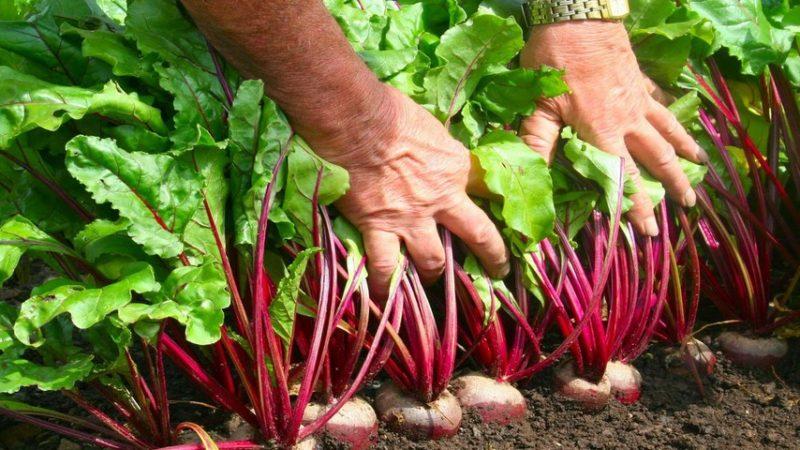 In Siberia and the Urals, beets are removed from the beds in the second half of September. In the warmer southern regions of Russia, harvest time begins in October.
In Siberia and the Urals, beets are removed from the beds in the second half of September. In the warmer southern regions of Russia, harvest time begins in October.
The main condition for the safety of the crop in winter is to have time to harvest it before the onset of frost. Even slightly frozen beets will quickly deteriorate and mold.
Favorable time for harvesting according to the lunar calendar
According to the recommendations of astrologers, a waning moon and a new moon are the best time to harvest root crops. It is on these days that all plant juices are concentrated in fruits.
Thus, the most favorable dates in September 2019 are from 15 to 17 September and from 27 September to 1 October.
It is best to store vegetables when the moon is in fire, air or earth signs. Root crops will rot less.
It is not recommended to dig up beets when the Moon is in the water signs of the zodiac - such a crop will not be stored for a long time.
Harvesting dates by ripening time
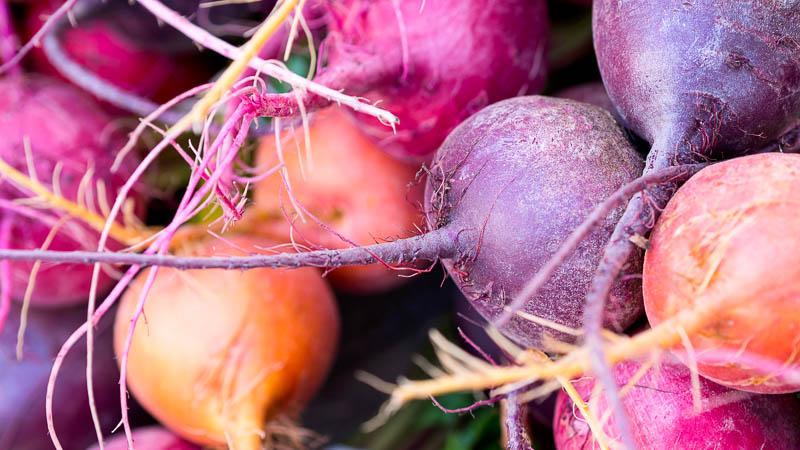
In accordance with the ripening period, beet varieties are usually divided into early-maturing, mid-maturing and late-maturing. Let's take a closer look at each of these types.
Early maturing varieties
This type of culture reaches maturity in 80-110 days from the moment of emergence. Fast-growing varieties do not have a pronounced and rich taste compared to mid-season and late varieties.
Early ripe root crops begin to dig from mid-July to late August.
Mid-season varieties
It is these varieties of beets that are most often chosen by Russian gardeners for the optimal ripening time and excellent taste.
The root crop is ready for harvesting in 110-130 days from the moment of germination. When sowing seeds of mid-season beets in May, you can start harvesting by early September.
When carefully dug up and stored, mid-season beets are perfectly stored throughout the winter.
Late ripening varieties
This type of culture is harvested 130-145 days after germination.Late-ripening varieties have the sweetest and richest taste. They are perfectly stored until the next season without losing their taste.
Due to the long ripening times, late beets are cultivated only in the southern regions of our country. Harvesting begins in early or mid-October.
How to understand when it's time to harvest the beets
So, summer chores are over, it's time to dig up ripe vegetables. But how do you know that the beets are fully ripe?
The first thing that pays attention to is the variety and time of germination.... Based on this information, you can calculate the approximate ripening time of root crops.
However, weather conditions make significant adjustments. After all, one summer is warm and dry, and the other is rainy and cold.
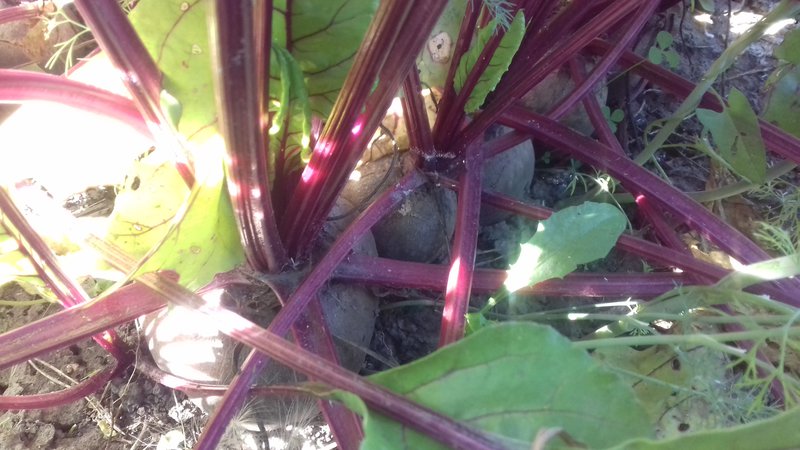 Therefore, when determining the time of harvesting, it is more logical to focus on the external signs of the fruit. They will tell you more precisely whether the root crop is ripe or not.
Therefore, when determining the time of harvesting, it is more logical to focus on the external signs of the fruit. They will tell you more precisely whether the root crop is ripe or not.
If in doubt, you can selectively dig up a few fruits and determine how ripe they are.
Signs indicating ripeness
You can understand that the beets are ready for harvesting by the following distinctive features:
- tops (especially leaves at the base of the fruit) began to turn yellow and wither;
- growths appeared on root crops;
- the size and weight of the fruit match the promises of the seed producer;
Important... If the summer was dry, you can take your time with the harvest. If it is rainy, it is better to dig up the root crops in time, since they will begin to rot from an excess of moisture.
Is it possible to harvest earlier or later than the due date
One of the important factors in the good preservation of the harvest before the onset of the new season is timely harvesting.
Harvesting ahead of schedule
It is not worth digging up the beets prematurely, because at an air temperature above 2-3 ° C, the metabolism is active in the vegetable, and the fruits continue to ripen and accumulate sugar.
Unripe beets are worse stored in winter and is inferior in taste to ripe root crops.
It makes sense to start harvesting earlier than the deadline if the cold weather came prematurely. Then the beets are dug out immediately, even unripe. Otherwise, the entire crop will be lost.
Harvesting late
Is it possible to leave beets in the garden longer than expected? Yes, you can, if the weather conditions are good and the summer was dry and dry. If not, then you should not overexpose the roots in the ground.
Need to know... If autumn is warm, then beets and carrots can germinate again. Such roots become tasteless and poorly stored.
Correct harvest
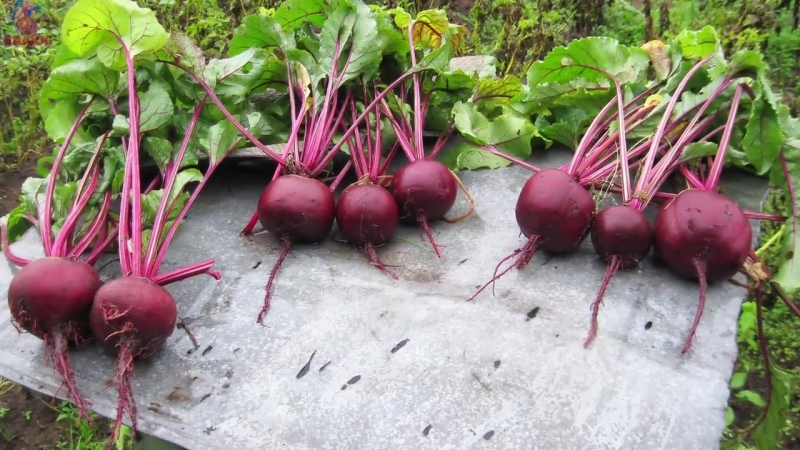
It is not enough to grow a rich harvest, it still needs to be properly harvested and laid for winter storage. When starting to dig up root crops, take into account the following important points:
- Beets are harvested in dry, clear weather to keep the soil crumbly. The last watering is carried out 2-3 weeks before harvesting. Excess moisture has a bad effect on the further safety of the harvested vegetables.
- Roots are pulled out of the ground by hand. This avoids damage to the fruit during harvesting. If the soil is dense, use a shovel or pitchfork. Use the tools carefully so as not to cut the roots. Through the wounds, infections enter the vegetable. Such a fruit will quickly rot and infect healthy neighbors.
- The tops of the plants are immediately removed. Otherwise, the leaves will evaporate moisture and the roots will quickly wither. The tops of beets and radishes are cut using a pruner or ordinary household scissors, leaving hemp 1–1.5 cm long. If the root of the root vegetable is very long, it is also pruned.
- Harvested crop dry 1-2 days outdoors under a canopy.
- Before harvesting for storage, the root crops are sorted. Deformed, damaged and small ones are put aside for processing or immediate consumption.
Advice... Do not remove sticky soil from root crops by hitting them together. This damages the delicate skin of the fruit, which will affect their safety in winter. Better to clean the ground with your hands.
Preparing beets for winter storage
In winter, beets are perfectly stored in a dry, ventilated basement or cellar at a constant temperature of 0 to +3 ° C. Wooden boxes or wicker baskets work well for storage.
Attention... When the temperature rises to +7 ° C, the beets will begin to sprout.
It is advisable to sprinkle each layer of root crops with sand or sawdust. The vegetables that you are going to eat soon can be stored in small quantities in the refrigerator.
Before storing vegetables for winter storage, all root vegetables must be carefully sorted. Just one damaged vegetable infected with the fungus will spread the rotting process to all nearby beets. Therefore, sorting is approached with special attention.
Large roots, even if they are in excellent condition, are kept smaller than medium-sized fruits. Root crops with a diameter of about 10 cm are stored for the longest time. Therefore, it makes sense to sort the beets by size and place large specimens in a separate box.
Early maturing, mid-maturing and late-maturing varieties also differ in shelf life. Late ripening ones are the most mellow. Store them in separate containers.
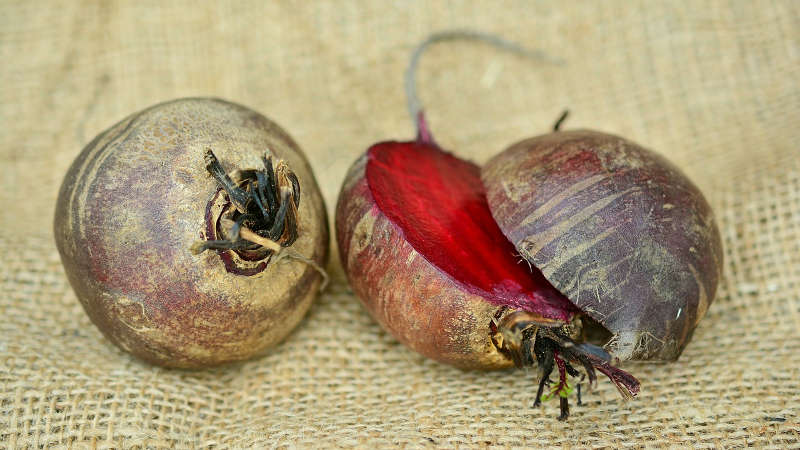
Dipping beets in clay
An entertaining way of storing beets is dipping root crops in a clay solution.
Clay has established itself as an excellent means of preventing the growth of pathogenic bacteria and the spread of moisture through root crops. To prepare a solution of the desired consistency, it is necessary to mix the clay with water to the consistency of sour cream.
Each fruit is dipped in a clay solution and dried completely.
Storing beets in an absorbent
The method of sprinkling the layers of vegetables with a moisture absorber has also proven itself well. Wood ash, sawdust, sand or salt are used as an absorbent. The sand is pre-disinfected.
With this method of storage, beets are placed in boxes in layers and each layer is sprinkled with the mixture you like.
Storing beets on top of potatoes
Another interesting storage method is laying beets on top of potatoes.
The idea behind this method is that potatoes evaporate moisture and beets absorb it. Beetroot picks up excess moisture from potatoes, which allows them to remain firm.
In plastic bags
The least preferred storage method is in polyethylene bags with a capacity of 15-20 kg. First, they are tied tightly. And when condensate appears on the bags, they are untied, leaving a small hole for excess moisture to evaporate.
Read also:
Step-by-step instructions for planting beets in spring in open ground.
How to treat beetroot cercosporosis and prevent the appearance of this disease.
Conclusion
Knowing when to remove beets from the garden and how to properly prepare them for storage, you can easily save the harvest until the next season. Timely harvesting and competent preparation significantly reduces crop losses when storing beets in winter.